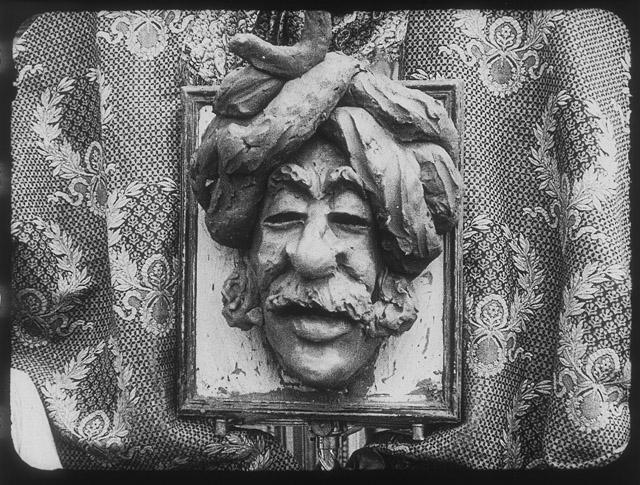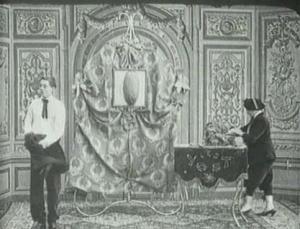Next November 8, Tuesday, at 7:30 p.m., we will have a new ICRE session on Cinema and Sculpture, where two films will be shown. The first, very short (it only lasts 4 minutes) is a pioneering gem of cinema. This is Le sculpteur express, from 1907. The other is a documentary about Gargallo's work at the Pablo Gargallo Museum in Zaragoza.
IMPORTANT: Because the room has a limited capacity, there is a need to have some control over the number of attendees. To do this, you will need to confirm your attendance at socis@icre.cat. This activity is free for all members, as long as the confirmation is made in advance. If you do not, you will still be able to attend (although we cannot guarantee that there will be room for everyone) by paying 5 euros, the same amount as non-members who wish to attend.
Vídeo Club VIDEO INSTAN
Carrer de Viladomat 239
08029 Barcelona
Le sculpteur express

Original title: Le sculpteur express
Direction: Segundo de Chomón, 1907 (France)
Cast: Julienne Mathieu
Duration: 4 min.
A sculptor, with the collaboration of his assistant, sculpts with skill and speed different faces in a mass of clay.
A unique and important filmmaker. This is one of over 200 magical works by this very inventive and original artist. De Chomon was not a plagiarist of the great Melies, he was influenced by that original filmmaker and went in many new directions with his films. Among his talents were greater sophistication in situations and narrative, the use of outdoor locations, and more freedom with his camera.
Segundo Victor Aurelio de Chomón y Ruiz (Terol, 1871 - Paris, 1929) was a photographer, inventor of cinematographic special effects, cameraman, painter, producer, screenwriter and film director. He was one of the most prominent pioneers of the first thirty years of 20th century European cinema. He worked in Barcelona, Paris and Turin. He was hired by the world's leading production companies: Pathé Frères and Itala Films. He was a specialist in film trickery, a pioneer in hand-colored films and the invention of "travelling".


 Català
Català Español
Español
